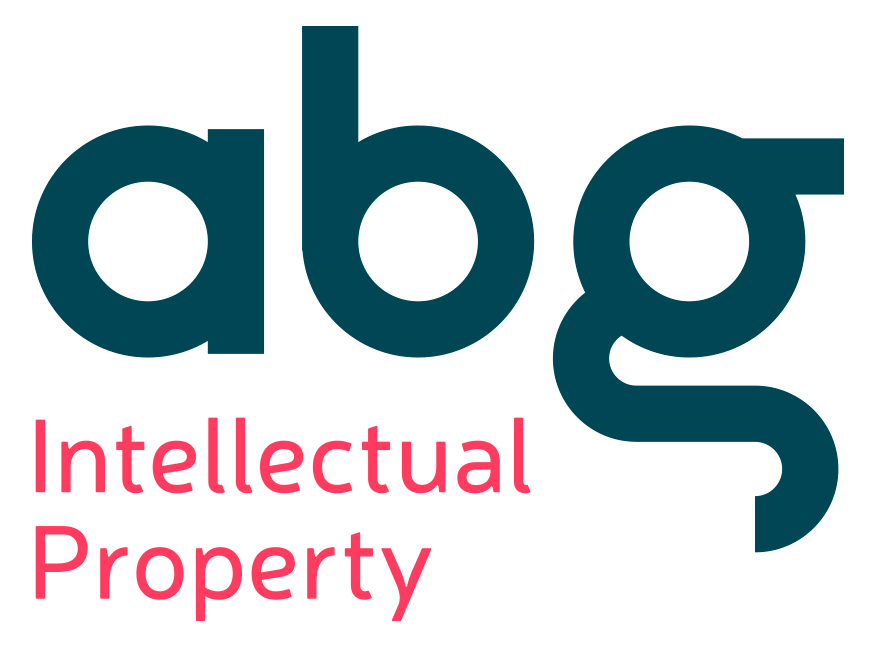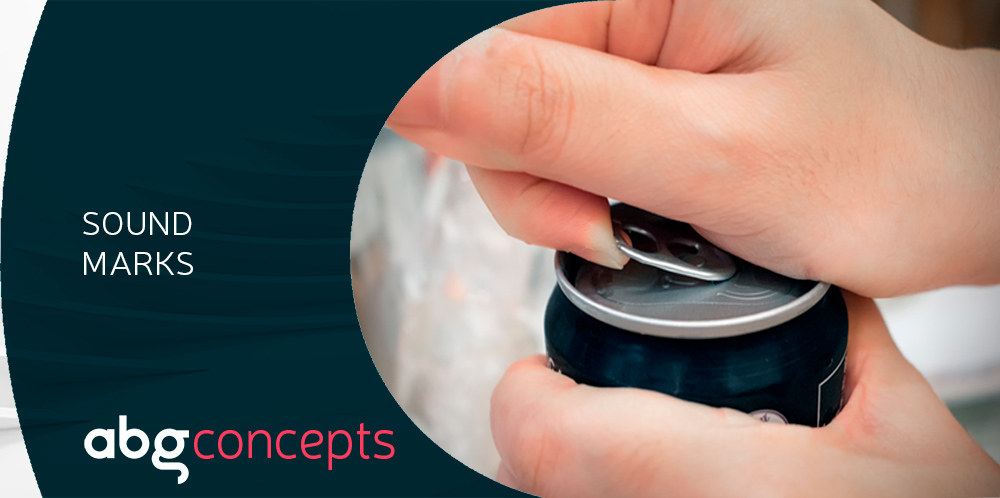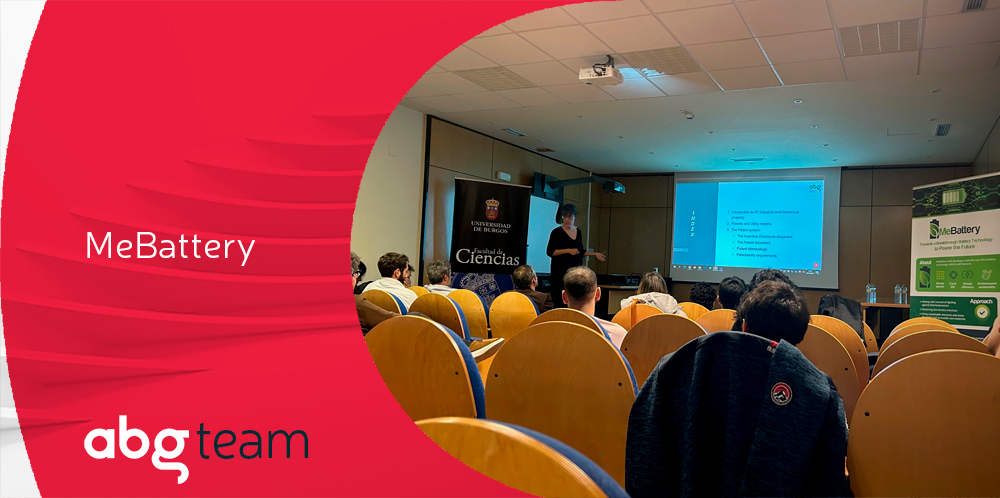While we have grown accustomed to word, figurative, composite or three-dimensional marks, there is a wide range of trademark types, among which we can include sound marks.
The Mercadona jingle. The iPhone ringtone. The roar of the Metro-Goldwyn-Mayer lion… Every time we hear one of these sounds, we unmistakably associate it with the goods and services of the enterprises from which they originated. That is, they meet one of the essential functions of trademarks and are perceived as such.
The General Court of the European Union (EGC) has recently issued its first ruling on the registration of one of those sound marks submitted in audio format with the European Union Intellectual Property Office (EUIPO). In this article, we shall analyse this judgment and delve into the particular features of these distinctive signs.
Definition and registration of a sound mark in an audio file
The European Union Trade Mark Implementing Regulation (EUTMIR) defines a sound mark as a “sound or combination of sounds”.
At first, only an accurate representation of the sound in musical notation could be submitted to represent these marks, but since the EUTMIR was amended in October 2017, an audio file that reproduces the sound is also accepted. The document must be submitted in JPEG or MP3 format and have a maximum size of 2 Mb. The remaining technical specifications can be found here.
At present, the Office does not accept other formats, such as sonograms, the description of the sound using words or onomatopoeias.
Distinctive character
In all other aspects, a sound mark shall meet the same requirements as any other type of mark. One of the essential requirements is that it must carry out the role of a trademark and have a distinctive character, in other words, the consumer must perceive it as an indication of the commercial origin of a good or service.
Essentially, the following types of trademarks would have limited possibilities of being registered:
- very simple musical fragments consisting of only one or two notes;
- sounds belonging to the public domain (e.g., La Marseillaise, Für Elise, etc.);
- sounds that are too long to be considered an indication of the commercial or business origin;
- sounds commonly associated with specific goods or services (the “beep” of a computer or the sound of a lighter when it is lighted).
Sound marks in numbers
EUIPO statistics show that since the Office was founded and up until May 2021, only 313 sound marks have been registered. This represents 0.02% of all the distinctive signs it has registered.

First ruling of the EGC on sound marks submitted in audio format
Ardagh Metal Beverage Holdings GmbH & Co is supplier of packaging solutions. This German company filed an application for the registration of a sound sign as an EU trademark with the EUIPO. That sign, submitted as an audio file, recalls the sound made by a drink can being opened, followed by a silence lasting approximately one second and a fizzing sound lasting approximately nine seconds. Registration was sought in respect of various drinks and metal containers for transport and storage.
The EUIPO rejected the application for registration on the ground that the mark applied for was not distinctive (that is, it failed to meet one of the requirements to be registered as a trademark).
Functional element
Ardagh filed an appeal against the decision in the EGC, but the EU Court confirmed EUIPO’s opinion and upholds the rejection of the sound mark. According to the judgment issued on 7 July 2021, the sound of the can being opened, the silence lasting one second and the fizzing lasting nine seconds is not a sound that consumers can recognise and associate with specific goods. This sound is a functional element, an inherent characteristic of the goods in question (drinks and drinks cans). Therefore, it does not indicate the commercial origin of the good, nor will the consumer perceive it as such.
This decision does not particularly break away from any patterns, but rather follows the lines set by the EUIPO and the EGC in relation to sound marks: they must meet the same requirements as any other trademark.
However, rulings on sound marks are quite uncommon and the significance of this decision in particular lies not so much in the content but rather in the format in which the registration was sought: an audio file. As mentioned above, the elimination of the requirement of a graphic representation occurred in October of 2017, and this is the first time the European Court has been forced to prick up its ears to make a ruling in this regard. This will probably not be the last of its kind, though we may have to wait some time until a similar decision is handed down.










